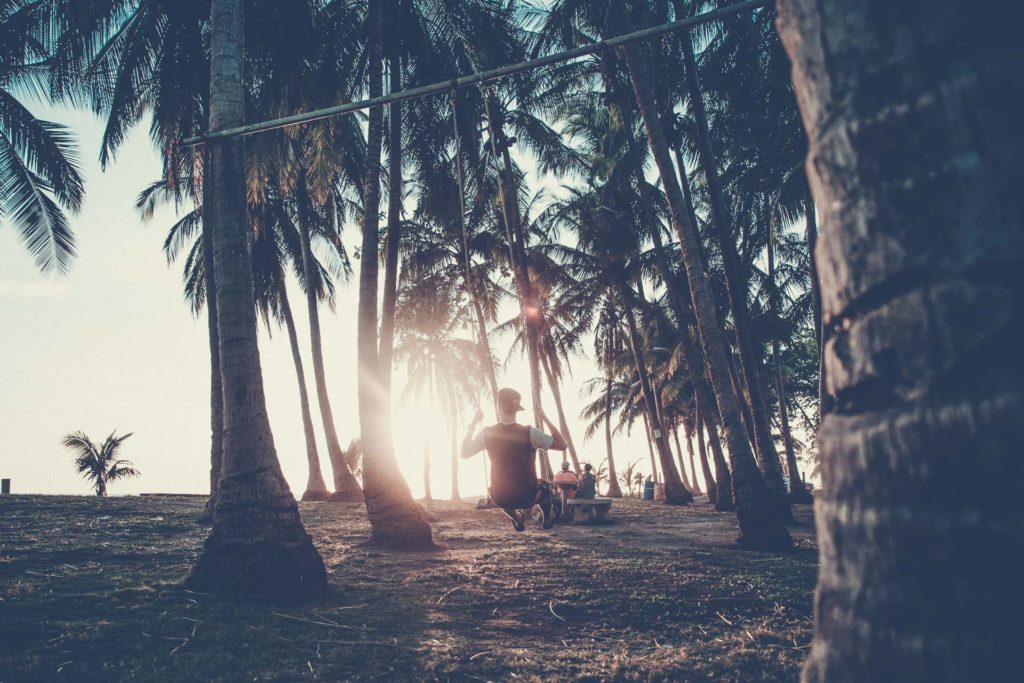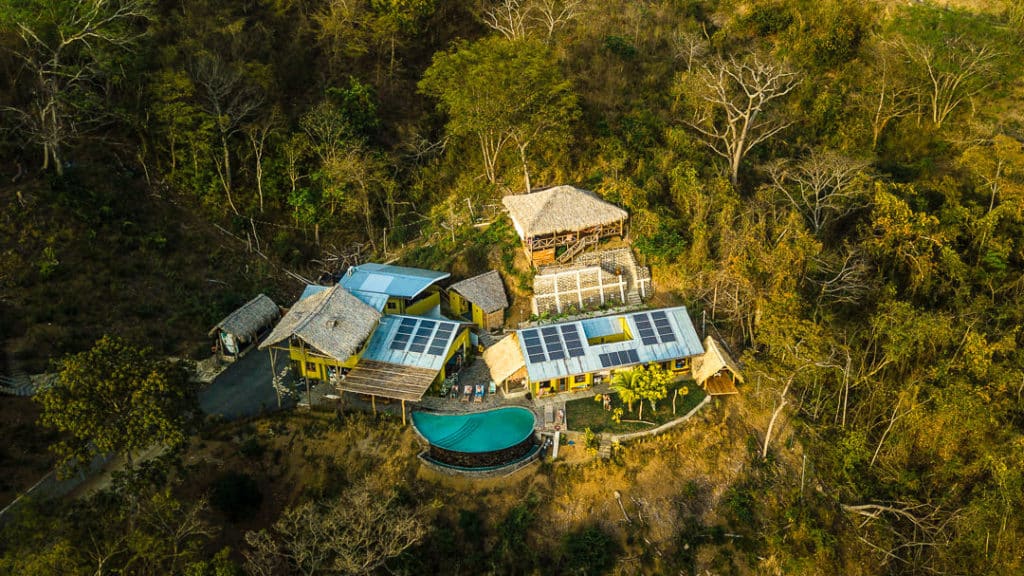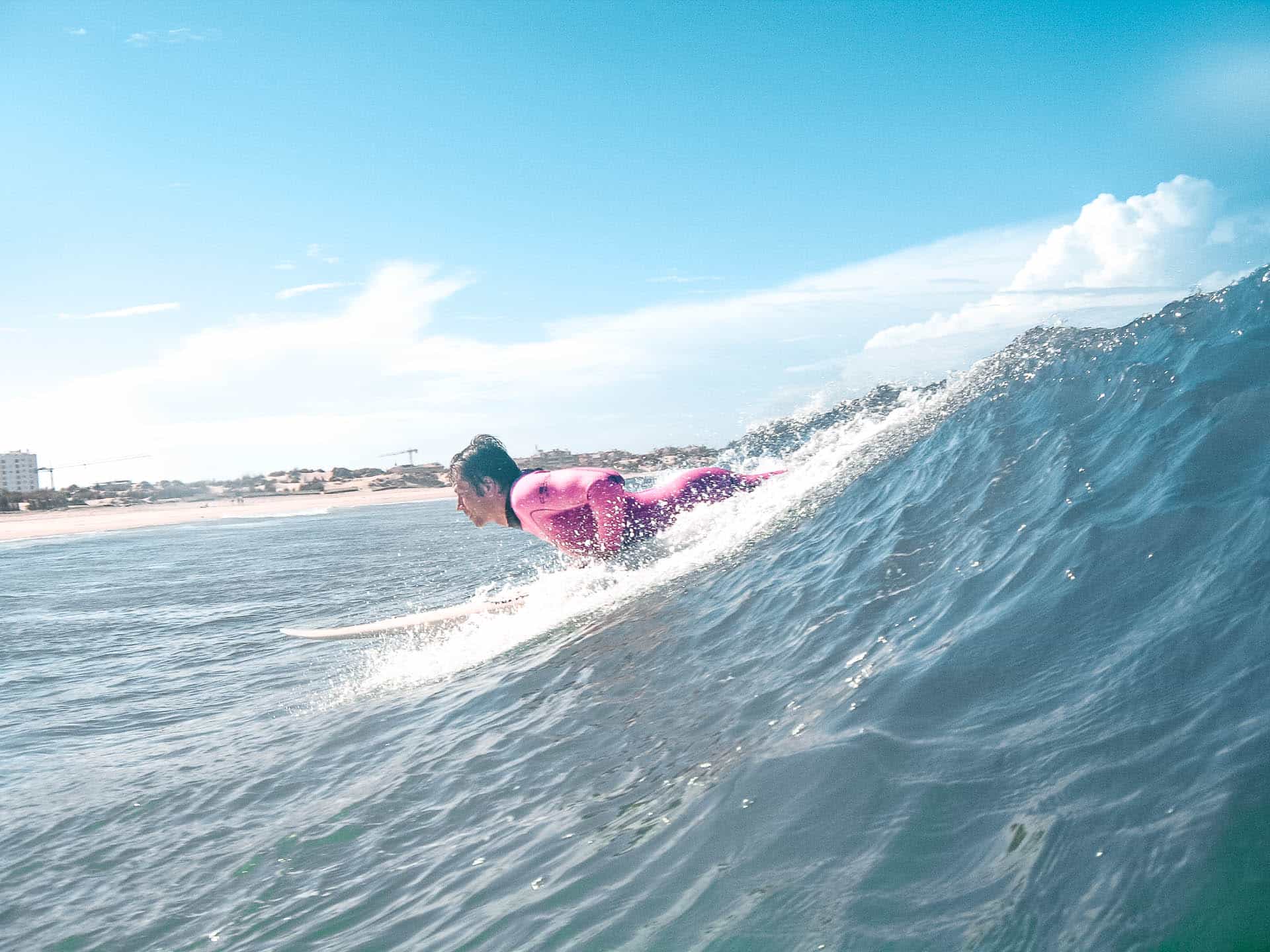Costa Rica and Nicaragua are tropical countries located slightly north of the Equator. Depending on whether you are visiting in the dry or wet season you would need to consider what to pack for Costa Rica and Nicaragua somewhat differently. As James Kaiser, a travel photographer and guide books writer puts it: “Located at 10 degrees latitude, the sun shines brighter and the rain falls harder here.”
Be Prepared for a Diverse Climate
Costa Rica and Nicaragua with their long coasts of Caribbean and Pacific beaches as well as mountainous highlands, thick rainforests, and abundant valleys both boast a wide range of different climates. So the answer to ‘What to pack for Nicaragua’ will be same as to ‘What to Pack for Costa Rica’ as both are tropical areas.
However, the weather and the amount of rainfall will depend on the elevation of the region you are in. In a town like Monteverde for example you’ll find a cool mist and fog every day of the year. On the other hand, in the area around Guanacaste, thanks to his proximity to the coast, the weather is hot and dry, perfect for the many world-class beaches.
The Wet season
Wet season (also known as “green” season) is from May to October and is more noticeable at higher altitudes where it can get colder and much wetter. The tops of the mountains get a lot more rain than the beach so if you are planning on hiking volcanos or exploring the jungle, maybe you’d prefer to visit in the dry season. November in Costa Rica can be the wettest but the end of the month, you will see monsoon slowly declining.
If you are looking to spend more time by the beach, the rainy season shouldn’t affect you that much, especially if you head to the Northwest province of Guanacaste. The ocean water is still warm, the beaches are uncrowded and the surf is amazing! Sure, you may experience a downpour in the afternoon but you are already wet from swimming and surfing in rain is the coolest experience anyways!
The Dry season
The dry season is from November to April, which coincides perfectly with the chilly weather in the US, Europe, and Canada. Expect more tourists and some popular beach areas such as Jaco, Santa Teresa, and Manuel Antonio may be overpopulated.
Playa Avellanas right outside of Tamarindo, Guanacaste is still very secluded and you get to enjoy empty surf breaks even when everyone else around the country is waiting in the line-up.

19 Things you Should Pack for Costa Rica and Nicaragua
If you are making a surf trip to these tropical haven, there are a few things that you MUST include in your Nicaragua and Costa Rica packing list:
1. Bikini/board shorts
Bring with you all the pairs you’ve got, and even purchase some new ones upon entering Costa Rica and Nicaragua. There will be very few times that you’ll be living outside of your beach gear.
2. Rashguard
It’s cheaper to buy at home and you’ve got more choices. These rovides SPF protection and will serve as a barrier between you and the board.
3. A Good Sunscreen
50 SPF water-resistant sunscreen for the beach and zinc paste for surfing. Bring double the amount of sunscreen you usually need as your favorite brand may not be available here. In general, it is at least double the price. The surf camps in Costa Rica and Nicaragua will have Zinc available along with the instructions on how to use it.
4. Hat
It’s the tropics, it’s hot and sunny (even in the wet season). Any wide-brimmed hat will do. The sun is very strong, protect your eyes and your head!
5. Mosquito repellent
Some sources recommend DEET, others mentioned mosquito repellent wristbands. Places like Rapture Surfcamps have got their own home-made natural lemongrass oil bug spray, tried and tested by everyone at camp, it sure doesn’t let the bugs bug you.
6. Flashlight or a headlamp
You may need it to light the path for you if you venture out at night. It may come handy if you stay in a dorm and don’t want to bother everyone else sleeping when you come back late at night.
7. Sarong/Light Bath Towel
Make sure to add a sarong or a light bath towel . Bath towels are provided at most surf camps. Throw in a dry bag while you are at it.
8. Power banks
If the electricity goes out or if you are on a long bus trip, you don’t want to be caught up without your electronics fully charged. Plugs are 110 Vt, US/Canada standard, so plan accordingly, and bring your adapters and battery packs.
9. Hiking and water shoes
In general flip flops and sneakers should do. But if you plan to go on adventures bring hiking boots (better if waterproof) and sports sandals. And if you plan to go surfing, make sure to pack a pair of sturdy water shoes.
10. Day pack for hikes
In addition to a large backpack/suitcase, consider bringing a small day pack for hikes and for those quick trips to town.
11. Waterproof phone case
If you’d like to use your camera while adventuring on land and water, buy a waterproof case and a cord hanging off your neck. You don’t want to drop or soak your phone while rafting, horseback riding, or going on boat trips. For surfing, you need a special case for your GoPro.
12. Travel insurance
We hope you won’t need it but that doesn’t mean you shouldn’t get it. We recommend WorldNomads for all your adventure travel.
13. First aid kit
The top surf schools like Rapture Surfcamps in Nicaragua and Costra Rica are well equipped with basic wound treatment and illness prevention but you may want a kit if you plan to venture on your own and do volcano hikes, camping trips, and other adventures.
14. Sunglass
Whether you are planning to surf, paddle, sail, or hike in Costa Rica, make sure you bring one pair (better two to be on the safe side) of sunglasses to protect your eyes from harmful ultraviolet (UV) rays, sun’s glare, wind, and ocean spray.
15. Insulated Flask
With such high temperatures mostly on the coasts, we recommend taking with you some water you can sip anytime you need some refreshment. In Costa Rica you can drink tap water in most places, and taking a water bottle with you will help to reduce the amount of plastic and save money on buying water as you can refill it as many time you want.
16. Visas
Visitors from most countries can get a 90-day tourist visa to Costa Rica and Nicaragua upon arrival. Have a round trip ticket, you may be asked to show a return ticket at entry (and pay ~$10 in Nicaragua). Check your country’s exact visa requirements before you travel.

Additional items to bring in the rainy season:
17. Raincoat/Poncho
From May through November is the rainy season in Central America. If you’re planning to travel during those months it’s a good idea to pack a lightweight raincoat or a poncho that covers your backpack too no matter where you’re going. Trust us, when it rains, it pours.
18. Long pants
It’s always a good idea to take with you a pair of jeans or long pants preferably water-proof when surf packing for your trip to Costa Rica and Nicaragua. A good alternative can be a pair of hiking pants that unzip under the knee.
19. Warm clothes
If you plan to hike at altitude don’t forget to bring a couple of sweatshirts or sweaters and a warm hat.
Hear What Rapture Surfcamps’ Guests Have To Say

Join us in Central America
We can’t wait to show you the beauty of this piece of paradise!
If you have any additional questions about what to pack for Costa Rica and Nicaragua don’t hesitate to contact our team.
MORE ABOUT OUR SURF CAMPSFAQs
The essentials include lightweight clothing, a good pair of hiking shoes, a hat, sunglasses, and a reusable water bottle. Don’t forget insect repellent and sunscreen to stay protected in the tropical climate.
Yes, a lightweight and waterproof rain jacket is crucial, especially during the rainy season. It can help you stay dry during sudden downpours common in both countries.
Pack light, breathable fabrics suitable for warm weather. Include swimwear, comfortable walking shoes, and a mix of long and short-sleeved shirts. A versatile wardrobe is ideal for the varied climates you may encounter.
Hiking boots, a lightweight and moisture-wicking hat, a compact backpack, and a water bladder for longer treks. Also, include a rain cover for your backpack in case of unexpected rain.
While English is spoken in tourist areas, having a basic Spanish phrasebook can enhance your travel experience and help with communication in more remote areas.


